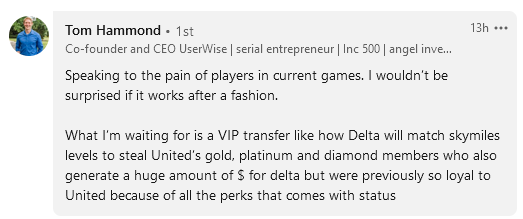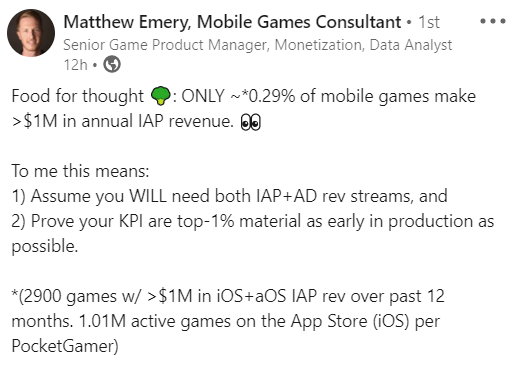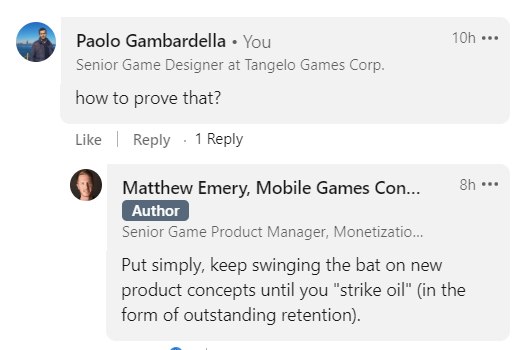A team should first demonstrate to themselves and to the World they can develop a complete game.
Whether a team is composed of experienced members or newbies, the first thing should be completing a game.
Some team starts by helping other projects. Some others should probably start with something small. Finally, some others may work on a remake or an existing game adapted to intellectual property.
I like to compare a game development team to a rock band. First, you start doing covers or making your own stuff for small clubs. You cannot start by playing at Wembley Stadium, that’s your dream, but you must be realistic.
There is a lot of energy involved in the development of a game, you have to first prove you work well together.
When you still have nothing out there, talking about huge growth and wonderful disruptions may be frustrating. I respect the ambitions but listen to my humble suggestion: make your games the best you can. Just worry about that when you’re starting.
Unless, of course, the team is composed of at least a core that already faced together their struggles. You need to know how to hit the road together before of going to the sky. Success will come by hard work and only a few times thanks to contexts and events you cannot control.


